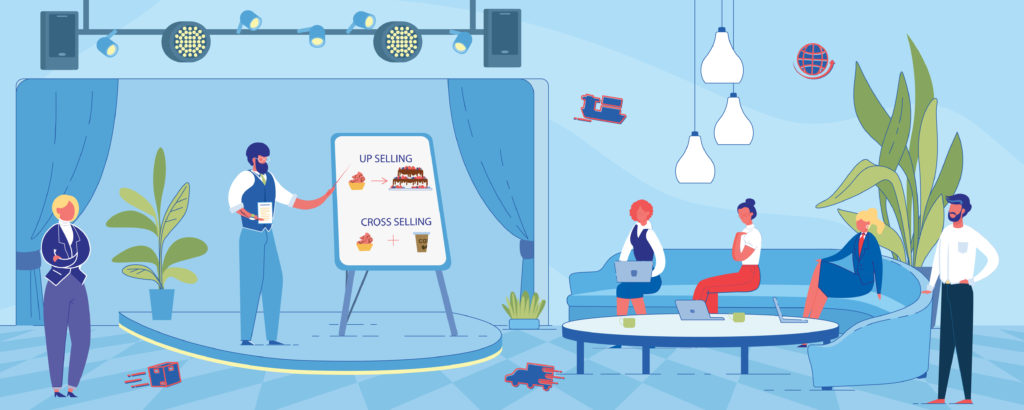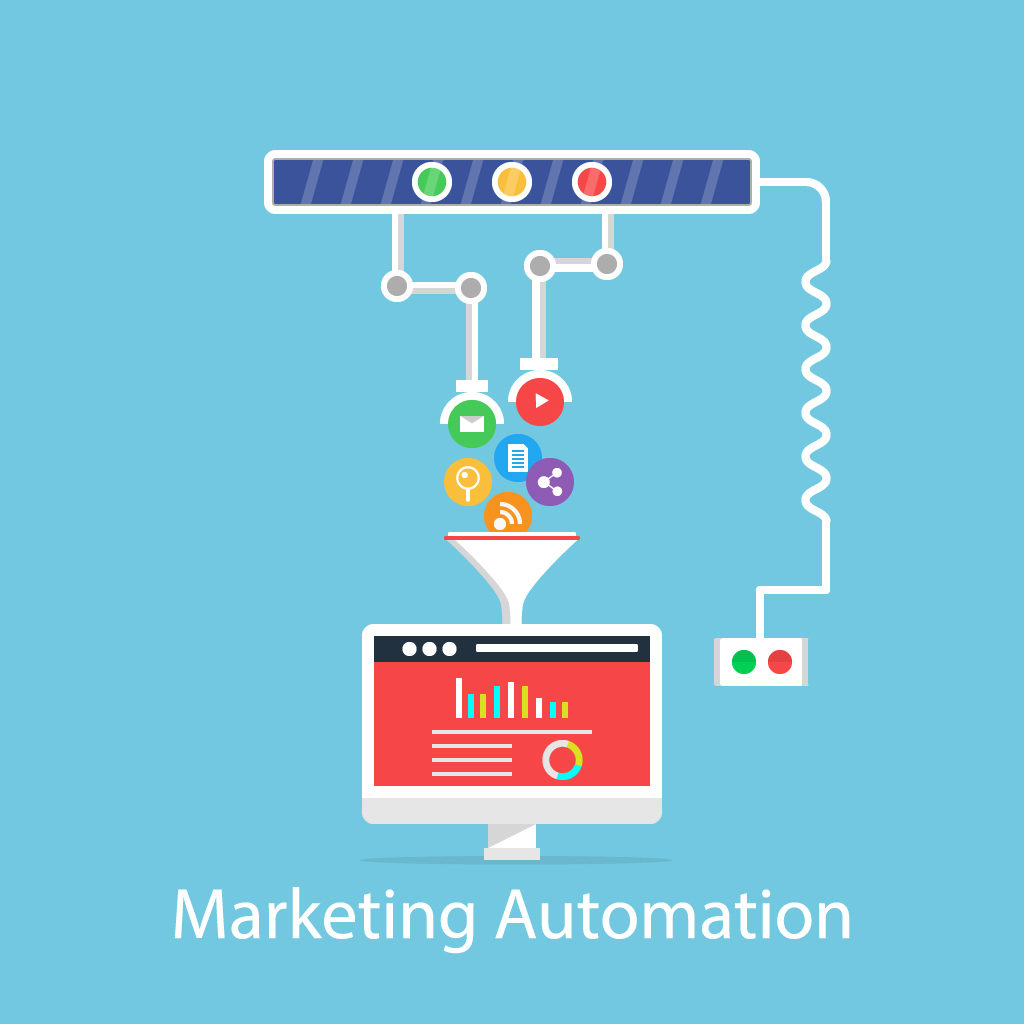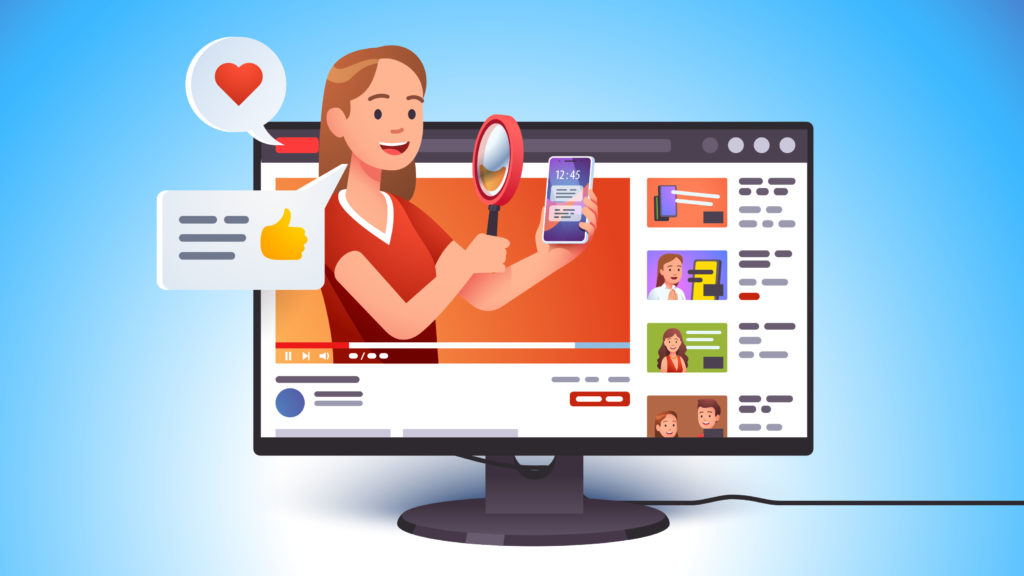LogiCommerce is trusted by global enterprise brands and wholesalers, across industries
As a consumer, you will have seen that sometimes, when you want to buy a product, the eCommerce shows you some other product recommendations such as substitute or complementary products to maximize the profits of the business itself.
Cross-selling and up-selling are two marketing strategies widely used to increase eCommerce sales, increase the loyalty rate and add value to the consumer's shopping experience.
Contents
Cross-selling refers to the action of offering the customer one or more complementary products in addition to the one in which they were primarily interested.
The key to this strategy is to offer products that aim to add value to the customer's purchase. The eCommerce has the opportunity to show their customers that they know their shopping habits and needs by offering them products that improve their shopping experience, and that, in addition, exceed expectations and increase customer satisfaction.
For example, imagine that a customer is buying a flight. Once the customer selects where and when they want to travel, the brand offers the opportunity to add several elements such as more luggage, insurance, choosing the seat, etc.
So cross-selling is a technique that tries to increase the average order value by offering additional and complementary products that at the same time add value to the experience of the customer.
Up-selling consists of offering customers or potential customers additional products of higher value to improve and optimize the initial purchase that the customer was going to make.
As a brand, you should obtain valuable information about the customer to offer them products that satisfy their needs and, thus, increase sales and maximize profits.
For example, imagine that a customer wants to buy a cell phone and finds one for a price of 500 €. But, before finalizing the purchase, the eCommerce offers a similar product for only 50 € more, with more storage capacity, higher quality cameras, etc. This technique is known as up-selling since the customer had the main idea of buying a product, but for a slightly higher price, they can get one of higher value.

Both strategies share the same goal of increasing eCommerce sales, giving visibility to more products and providing added value to the customer's experience.
Although both strategies pursue the same goal, the way they are going to achieve it is slightly different (the “How”). While cross-selling seeks to offer complementary products to the main product, up-selling tries to provide the customer with a better product than the first one. The strategies can indeed be combined and complement each other since they do not overlap, and together they offer more sales opportunities.
The key to success, in either case, is to understand the customer to meet their needs by offering products that correspond to what they are looking for.

Increase average shopping cart value
By offering related products, it's more likely that users will end up adding new products to their baskets and finally increase the average ticket.
Adding value to the customer experience and shopping experience
An eCommerce mainly seeks to maximize its profits by knowing the customer’s needs and discovering how to satisfy them correctly.
Optimize costs
The fact of offering several products in the same order will result in lower management and shipping costs for the online store to increase the profit for each purchase without having to invest more.
Increases customer loyalty to the brand
The customer experience is a determining factor for the user to buy again from the same brand. The opportunity of offering a much more complete experience makes the customer feel more comfortable and satisfied with the brand.
Increased product visibility
Thanks to these strategies, you will be able to offer and highlight products that haven’t been demanded and purchased that much. By implementing these types of strategy, you may even be able to create interest in these other products, thus, increasing your sales opportunities. Moreover, the user will remember these products for future occasions.

There are several opportunities to apply cross-selling and/or up-selling strategies during the user's purchase process:
Before the sale
Both cross-selling and up-selling can be perfectly applied on the product page. In this way, when customers are looking for a specific product, they can select one of them, and other related products will appear according to recommendations. Another well-known option for up-selling is to offer the customer the possibility of comparing products to find out which one offers the best value for money before making the payment. In many situations, the customer ends up buying a higher-priced product with more features.
For example, Amazon uses the cross-selling strategy, since every time a product is selected, a great variety of other similar products automatically appear. This is a great opportunity for consumers as well, since it allows them to compare prices, features, etc.
During the sale
It usually happens when a customer has already added products to the shopping cart before finalizing the order. Products that may be of interest to the customers appear so that they can add them to the cart and end up buying them.
For example, this is very common in online clothing stores. When a customer is going to select a pair of pants, the company itself shows them, through the model in the photograph, other pieces with which they could combine those pants, such as a sweatshirt, a jacket, shoes, and various accessories. In this way, perhaps if the user feels attracted by any of these other pieces, they will be encouraged to buy them.
After the sale
Another method widely used by brands is the well-known retargeting through Social Ads to impact those users who have previously interacted with the brand.
Product bundles: combining different products so that the user can end up buying them all in one. These product bundles can consist of different or equal products, and by buying them in a bundle, the price is slightly lower than if you would buy them separately.
Related products: imagine that a customer is on the product page within an online store, and is looking for a particular product. While they look at the information about this product, other products of the same or similar category appear as “this might interest you as well” . These related product carrousels trigger the customer to discover, select, and buy those products that have interested them, even if it was not their initial intent to look for those products and buy them. Related products can also be used in Blog articles, category pages etc. It is a good method to increase your sales by recommending different products that the users might want or need.
Marketing Automation: this will allow you to customize the shopping experience to satisfy the needs of consumers both in the eShop and through email marketing. It is about knowing the consumer's behavior, and from there, adapt the content according to their preferences. Usually this is achieved through workflows adapted to the behavior of the user. For example, for those customers who have visited the same product at least a couple of times, the brand will send reminders, or will include those products in the most popular category, or will apply a discount, etc.

Product comparator: online stores can allow their potential customers to select several products of their interest to compare them between each other. Once selected, the eCommerce will show a direct comparison of these products with the aim that the user can compare all the information and decide which one of these products fits better. A part from that option where the potential customers can select the products that they want to compare, the eCommerce can also pre-select certain products that they want to show in a direct comparison within a product page, for example. This way, the potential customer will automatically see this product comparison within the product page.
Linked products in Cart: showing suggested products that are complementary or related to the products that appear in the customer's basket is a good method to increase the average order value since they can trigger a certain desire or necessity.
Recovery of abandoned carts: there are functionalities to convert abandoned carts into sales. For example, a brand detects that a customer has added some clothes to the cart but has left the online shop without finishing the purchase. The eCommerce sends an email to the user with reminders and/ or CTA messages, such as: “Only a few items left! Hurry up before it’s sold out” or "One of the products you added to your cart is on sale for 24 hours", etc. In the end, the goal is to trigger that the user ends up buying the product..
Pickup in store: The eCommerce offers the customer to pick up their order in a physical store of their choice, and thus, when they go to pick it up, they can find products there that may be of interest to them, or the sales assistant may even recommend them some products that have a special promotion, etc.
Product combination discount: This is simply applying discounts for the joint purchase of multiple products that are on a predefined list. It is also very common to have a quantity pricing policy, i.e., set the base and offer prices for product quantity ranges (units). At the same time, conditional promotions are also a very common and good technique that motivate users to buy more by applying promotions that are tied down to certain (variable) conditions, such as "if you buy more than x products, we apply x discount".
Shipping Calculations and Free Shipping: This offers the possibility to condition shipping costs by weight, units and order amount. This means that, for example, that you can notify the customer at any time with messages like "You are missing 10€ for free shipping" or "Free shipping for more than 30€". This works very well since, as a general rule, people prefer to spend their money on one more clothing item rather than on shipping costs.
"Other users also buy …", "Other users recommend", "Bestsellers", "What's new". It is usually displayed on the product page or category page. All these concepts encourage the user to buy or visit the selected product pages. Users usually end up buying more products because seeing these products and the fact that they are “bestsellers” or that other buyers recommend them, triggers some kind of necessity to also purchase these items. In addition, these concepts can also be added within the order confirmation email or the order tracking. This way you might persuade them to visit your online shop again and maybe they end up purchasing more products.

